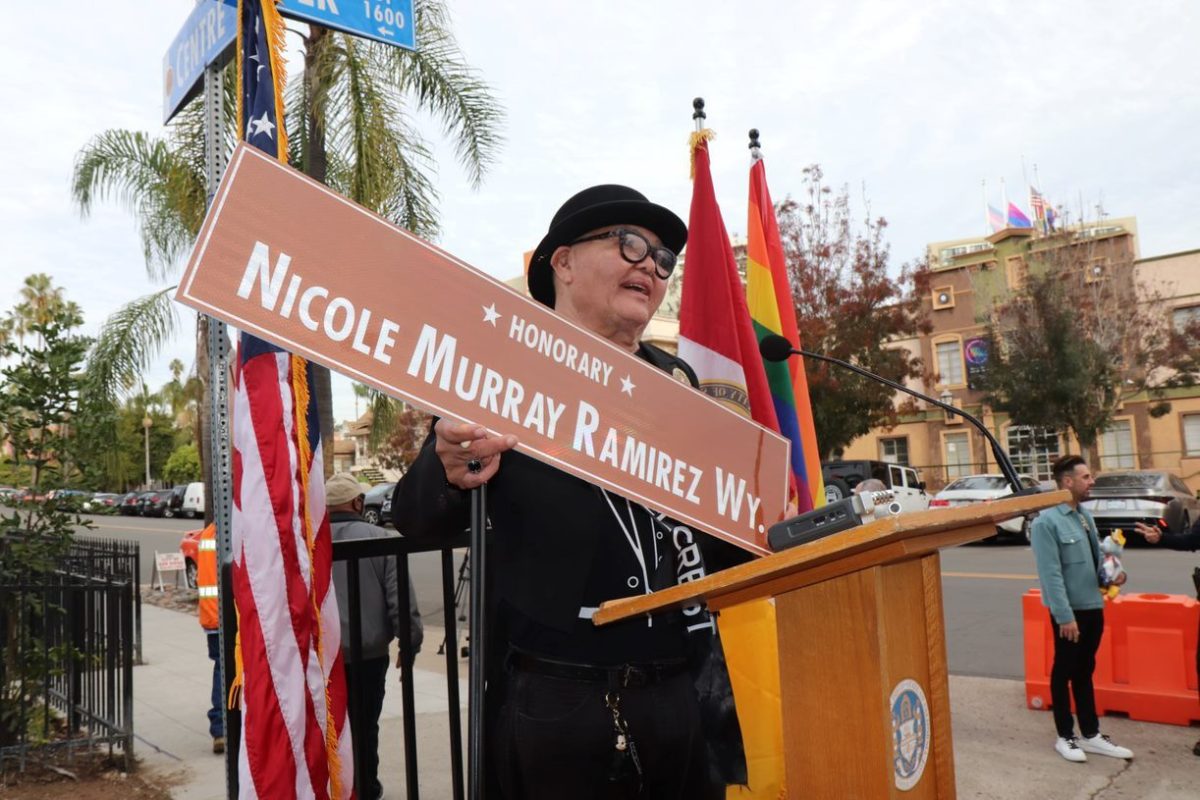Lois Maliou Jones was born on November 3, 1905 in Boston, Massachusetts, and was not only an educator but an artist as well.
Jones studied at Boston High School of Practical Art, The School of the Museum of Fine Arts, and the Designers Art School of Boston. She was a huge role model to other African American artists who took design courses with her at Howard University from 1930-1977. Jones is well known for her work that represented the daily life of African Americans that lived in New York. Her art represented her life throughout her work which is why you will see shifts in her style. These changes are responses to influences throughout her life.

In 1973, Jones received the “Women artists of the Caribbean and Afro-American Artists” grant from Howard University. In the same year, she was awarded an honorary Doctor of Philosophy from Colorado State Christian College. On July 29, 1984, Lois Jones Day was declared in Washington, DC. In 1997, Jones’ paintings were featured in an exhibition entitled Explorations in the City of Light: African-American Artists in Paris 1945–1965 that appeared at several museums throughout the country including the New Orleans Museum of Art, the Milwaukee Art Museum, and the Studio Museum of Harlem.

Jones also contributed to the Harlem Renaissance through her vibrant artwork. She did this by including pieces of African masks, textile designs and figures which reflected her deep appreciation for her heritage by representing it in her work. Jones left a lasting mark in the art world, and her peers in school looked up to Jones and often looked in her direction for inspiration and influence. Much of her work featured a blending of tradition with modernism in a unique influential manner.
In 1998, Jones died with no immediate survivors at the age of 92 at her home in Washington, DC.




















